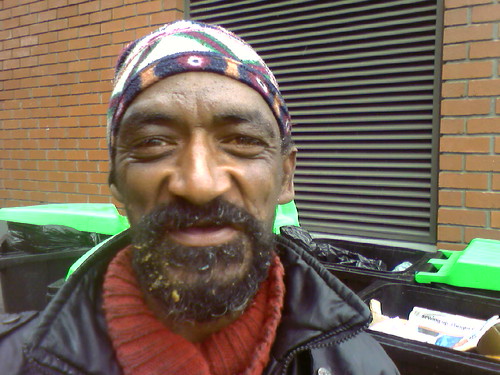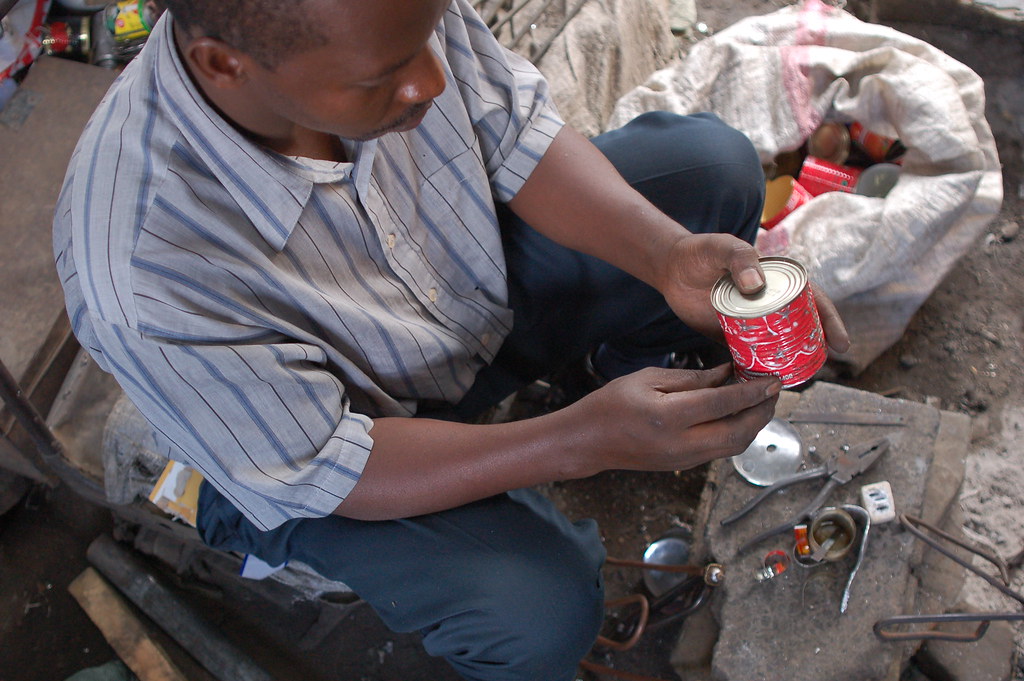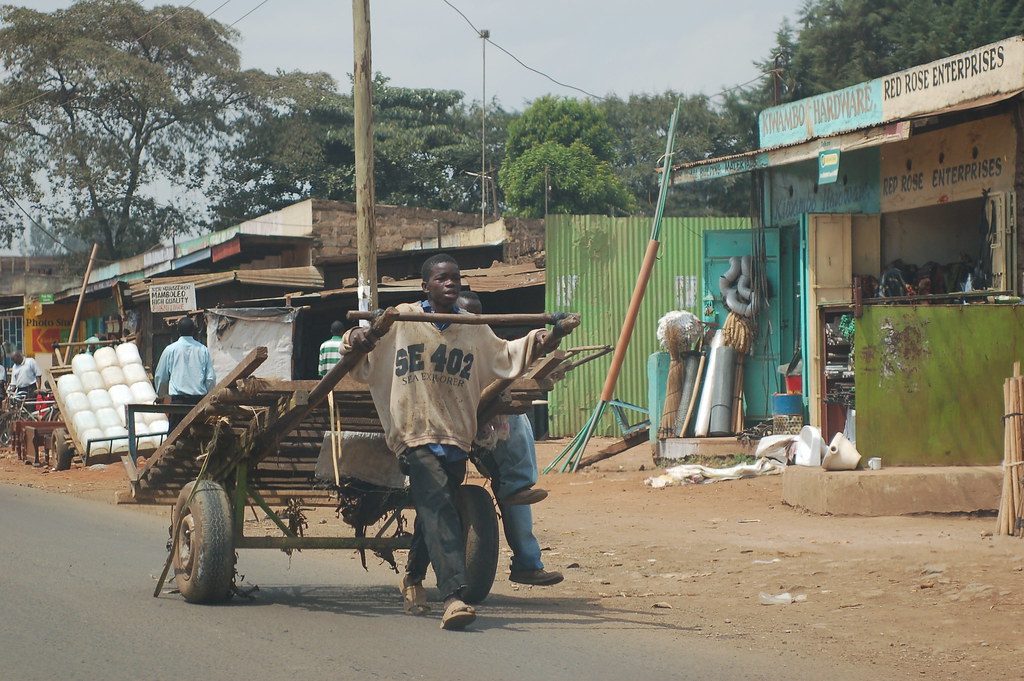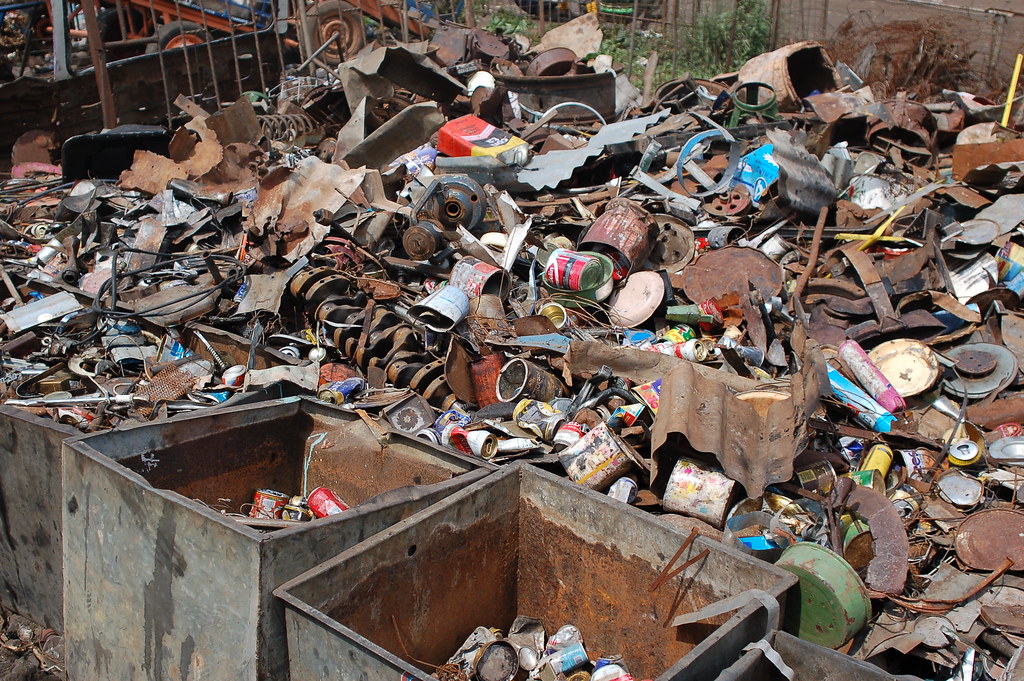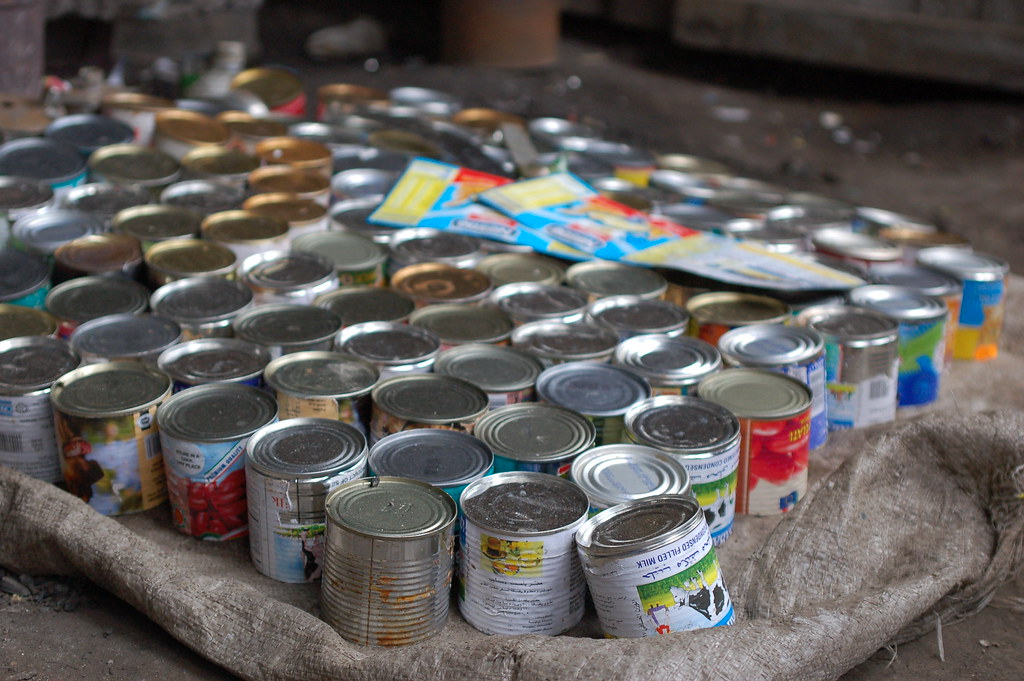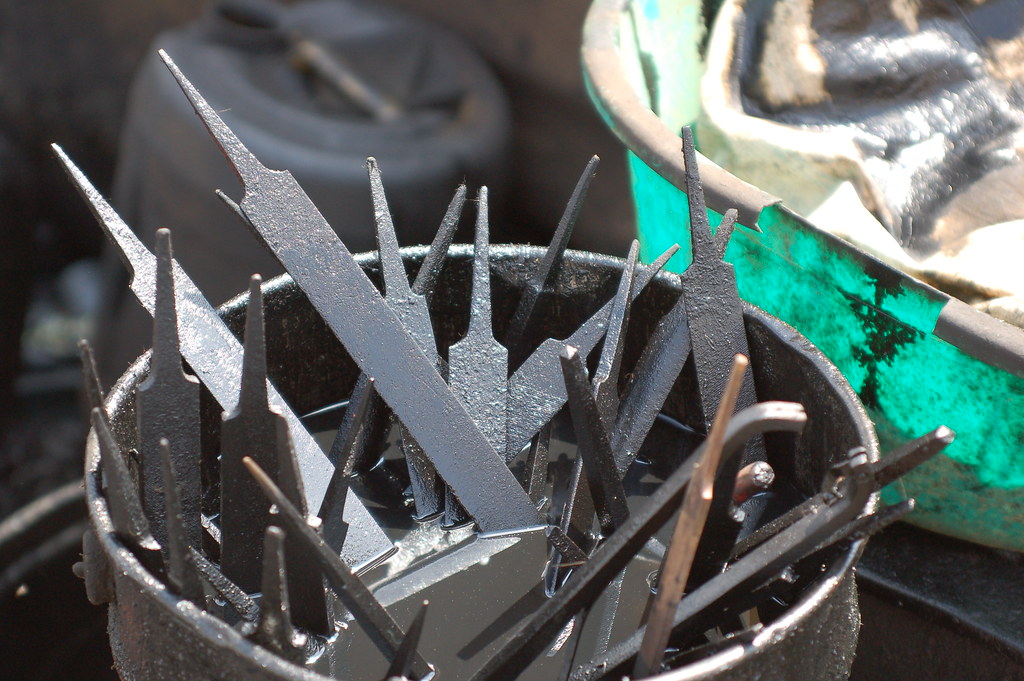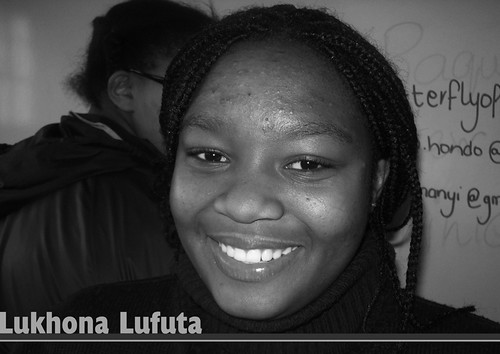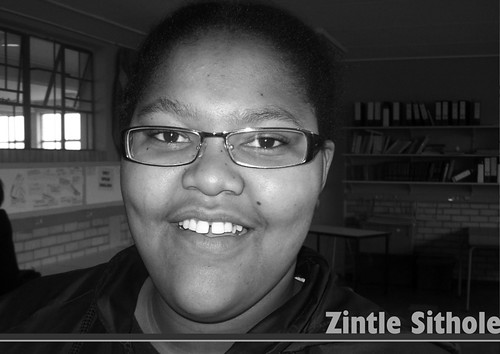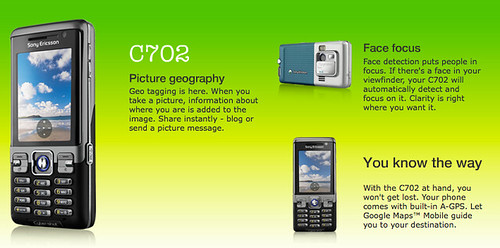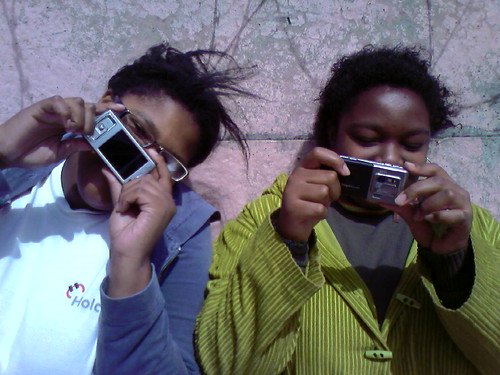
Thanks to the kindness of AfriGadget readers we were able to take a simple idea and far exceed expectations. We were looking for a mobile phone for our two young ladies in South Africa to start doing some AfriGadget mobile phone reporting on. Instead, we raised extra money and had 2 more smart phones given directly to the project!
What Next?
We’re off to the races with the Sony Ericsson C702 that you helped us buy, and the Nokia N95 that David Sasaki provided to Zintle and Lukhona when he was in South Africa earlier this month (pictured above).
The new phone from Michele is going into my bag with my Nokia N95 as I try to find another two mobile reporters in some other countries in Africa. I’ve got one eye on a likely candidate in Kenya, but want to try to get outside my normal stomping grounds in East Africa. If you have an idea of someone who has a good multimedia eye, likes to tell stories and would be good for AfriGadget, send them my way please.
Phones
These two individuals went far beyond what we expected and actually gave their Nokia N95’s to the project:
Michele Bowman, futurist at Fringehog (Nokia N95)
David Sasaki of Global Voices (Nokia N95)
Donations
We tried to raise $500, and received $595 $670… Wow, thanks!
Jean Hopkins
Ken Banks
Heather Ford
Henk Kleynhans of Skyrove
Larry Bibayoff
Nicola from the UK
Matthias Zeeb
Elizabeth Meiners
Juergen Eichholz
Andre Vermeulen
Dr. Bakali
Russ Hersman
David D’Angelo of Serac Films
Alex Sauriol
Tielman Nieuwoudt
Georgia Popplewell
Ian Reclusado
Maxime Biais
Matt Heffron
Again, a big thank you to everyone who helped make this a reality. Let’s see if we can grow AfriGadget from the grassroots up.
(If your name isn’t linked above, and you would like it to be, please send me the URL you would like me to attribute it to)


